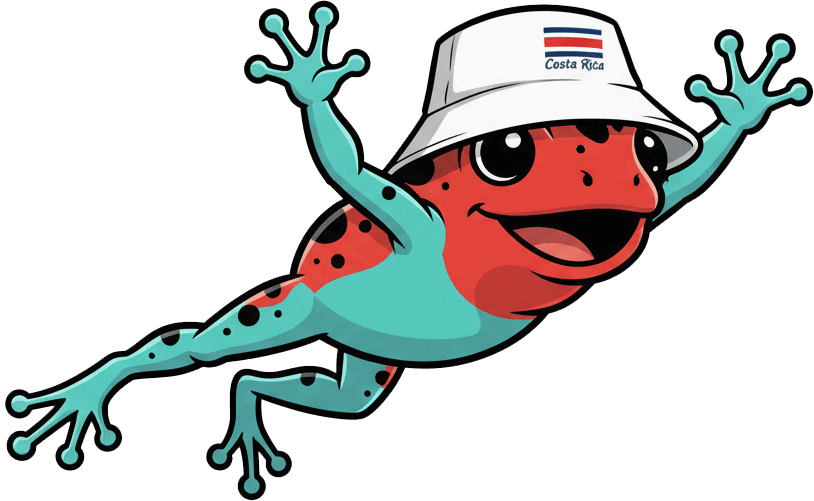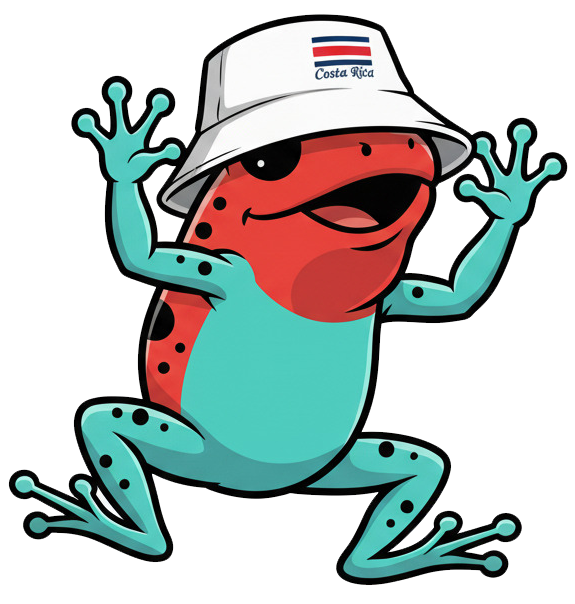Costa Rica is a country where music and dance define its cultural identity. From the lively Punto Guanacasteco to the vibrant Cumbia and the popular Salsa, Costa Rican music reflects centuries of indigenous, Spanish, and Afro-Caribbean influences. Dance accompanies almost every musical style, bringing communities together at festivals, celebrations, and social events.
This article provides a general introduction to Costa Rican music and dance, giving you an overview of styles, instruments, artists, and cultural events. For a deeper exploration, visit our detailed articles on Costa Rican Traditional Music and Costa Rican Folk Dances.
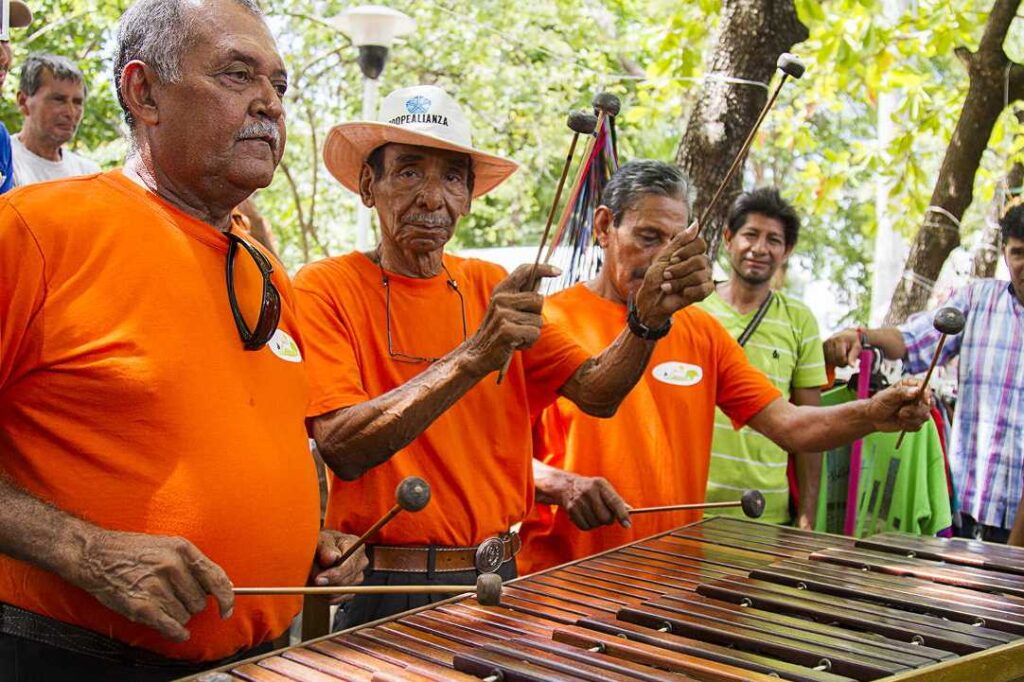
Traditional Costa Rican Music: Styles and Origins
Costa Rican music is a fusion of rhythms and melodies passed down through generations. Some of the most iconic traditional music styles include:
| Music Style | Characteristics | Origin |
|---|---|---|
| Punto Guanacasteco | Cheerful duet singing, acoustic guitars, upbeat rhythms | Guanacaste province |
| Tambito | Danceable music featuring accordion, guitar, percussion | Limon, Caribbean coast |
| Cumbia | Blend of African, European, and indigenous influences | Introduced from Colombia in the 1950s |
Traditional instruments such as the marimba, guitar, quijongo, and ocarina give Costa Rican music its unique sound. These instruments are central to performances and are still taught and played in festivals today.
For a detailed guide to instruments, techniques, and traditional songs, visit our Costa Rican Music Article.
Contemporary Costa Rican Music
Modern Costa Rican music blends traditional rhythms with global genres like Latin pop, reggae, and salsa. Key contemporary artists include:
- Debi Nova – Latin pop and R&B with international acclaim.
- Editus – Jazz and world music, combining classical and modern sounds.
- Percance – Latin fusion and Cumbia influences.
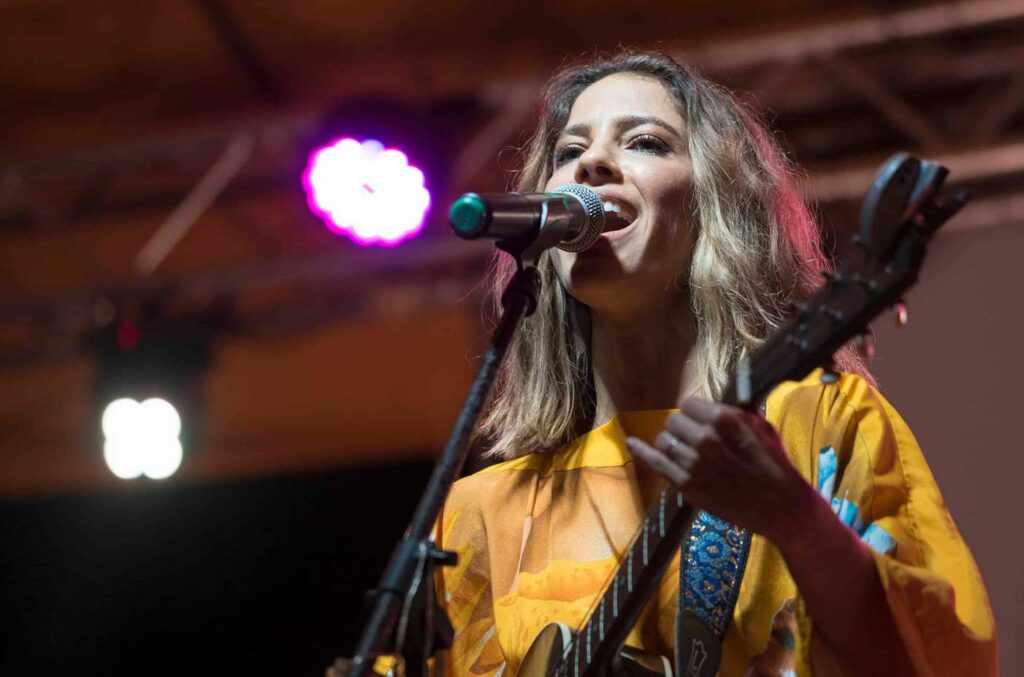
Globalization has expanded musical collaborations, streaming, and festivals, but Costa Rican artists continue to preserve cultural roots while innovating new sounds.
Learn more about contemporary artists and music festivals in our music-focused guide.
Dance in Costa Rica: Cultural Expression
Dance is inseparable from music in Costa Rica. Traditional dances include:
- Punto Guanacasteco – Folk dance with elegant steps, often performed in pairs.
- Cumbia and Tambito – Dance styles with lively rhythms and group performances.
- Salsa and Merengue – Popular in modern social gatherings and festivals.
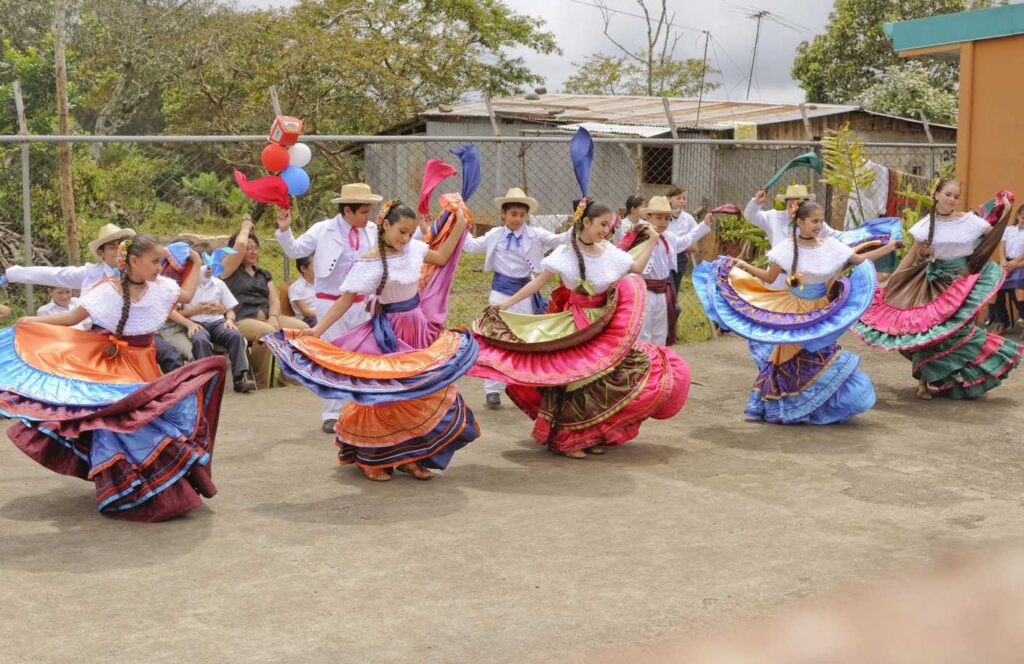
Each dance style reflects the history, community, and musical rhythm of the region. Dance continues to evolve, blending tradition with modern choreography.
For a full breakdown of Costa Rican folk dances, their history, and cultural meaning, see our dance-focused guide.
Costa Rican Music Instruments: From Marimba to Ocarina
The distinct sounds of Costa Rican music come from traditional instruments:
- Marimba – A hardwood xylophone with resonators, central to Punto Guanacasteco and Tambito.
- Guitar – Brought by Spanish colonizers, used in both traditional and contemporary music.
- Quijongo – Wooden percussion instrument, essential in Afro-Caribbean styles like Calypso.
- Ocarina – Small wind instrument used in Cumbia and Tambito.
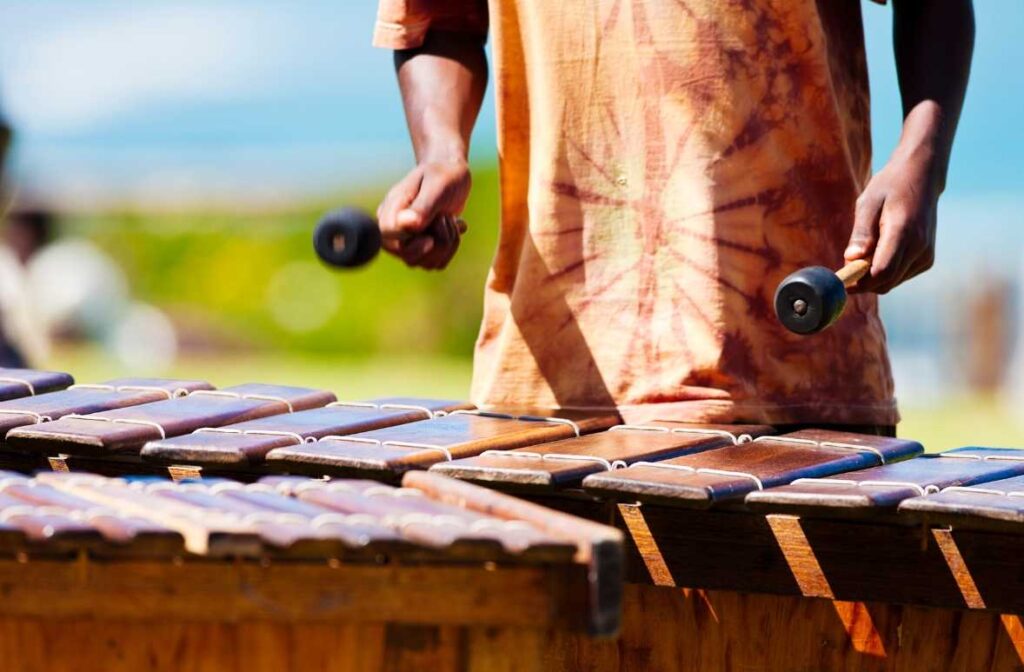
These instruments form the foundation of Costa Rica’s musical identity, whether in rural celebrations or modern concerts.
Festivals and Cultural Experiences
Costa Rica offers numerous festivals that showcase music and dance:
- Festival de la Luz – A Christmas parade featuring live music and performances.
- Envision Festival – A four-day jungle festival combining music, art, and workshops.
- Costa Rican International Jazz Festival – Brings together local and international jazz artists.
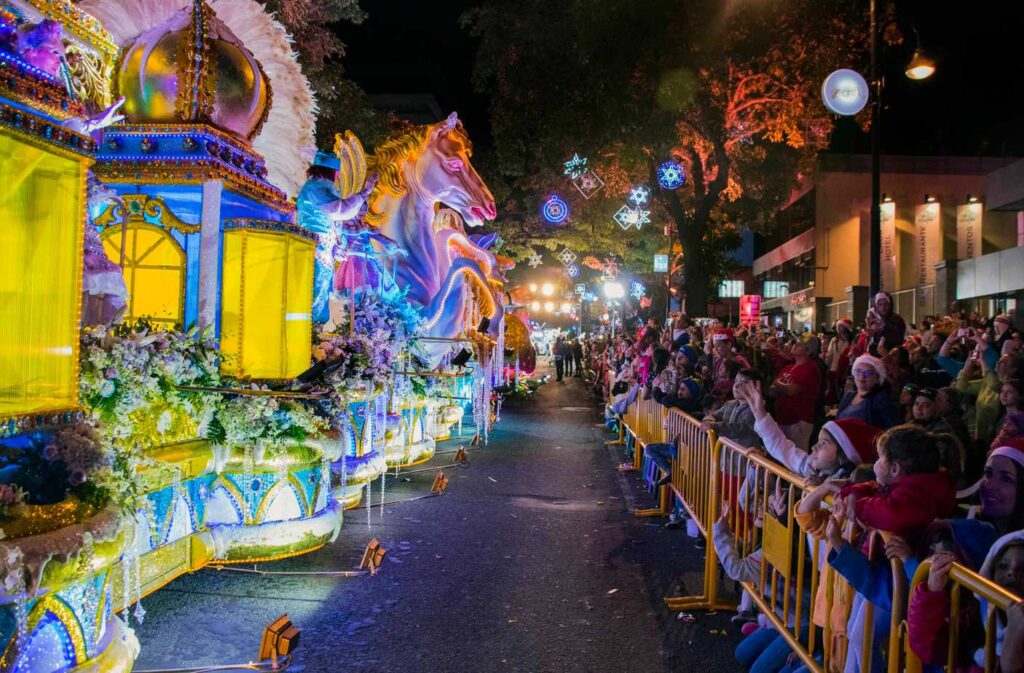
Attending festivals is the best way to experience Costa Rican culture firsthand. Smaller local events and concerts also provide authentic cultural encounters.
Frequently Asked Questions (FAQs)
Q1: What are the origins of Costa Rican music?
A1: Costa Rican music combines indigenous, Spanish, and Afro-Caribbean influences, merging instruments like flutes, drums, and guitars to create unique rhythms.
Q2: How has Costa Rican music influenced Latin American styles?
A2: Its rhythms and instruments have contributed to the development of salsa, merengue, and other Latin music, influencing the broader region.
Q3: What is the role of dance in Costa Rican culture?
A3: Dance reflects musical rhythms and traditions. It is central to festivals, social gatherings, and cultural storytelling.
Q4: How can I experience Costa Rican music and dance?
A4: Attend festivals, concerts, or cultural tours, and explore local music and dance events. Streaming music from Costa Rican artists also supports their work.
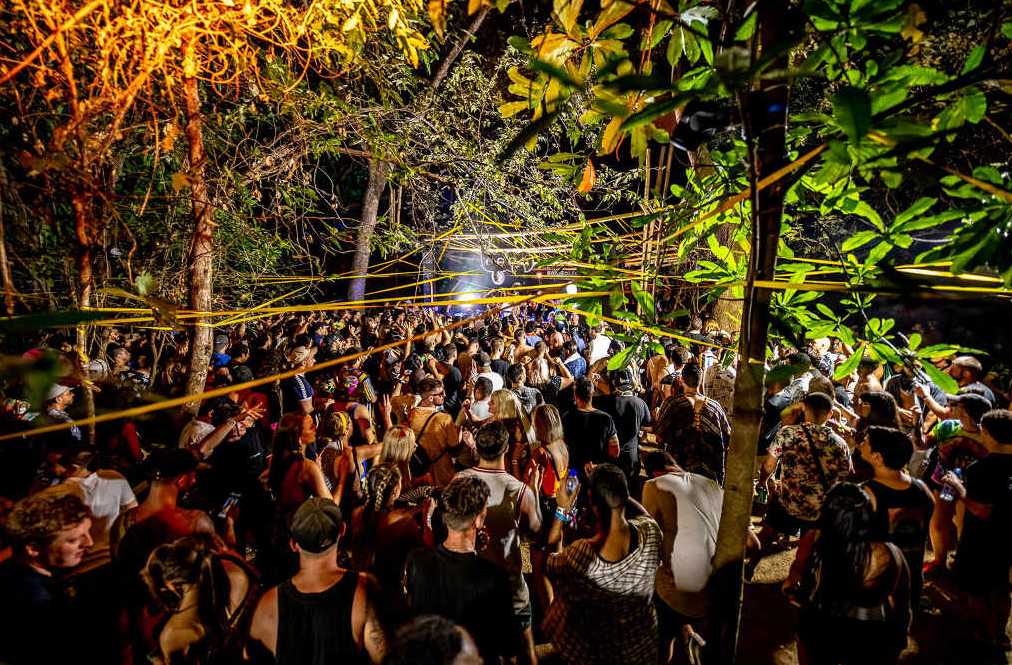
Quick Summary
- Costa Rican music blends traditional and contemporary styles.
- Dance is integral to cultural expression and accompanies most musical forms.
- Marimba, guitar, quijongo, and ocarina are key instruments.
- Festivals provide a window into Costa Rica’s vibrant culture.
For a deeper dive, visit our comprehensive guides:
